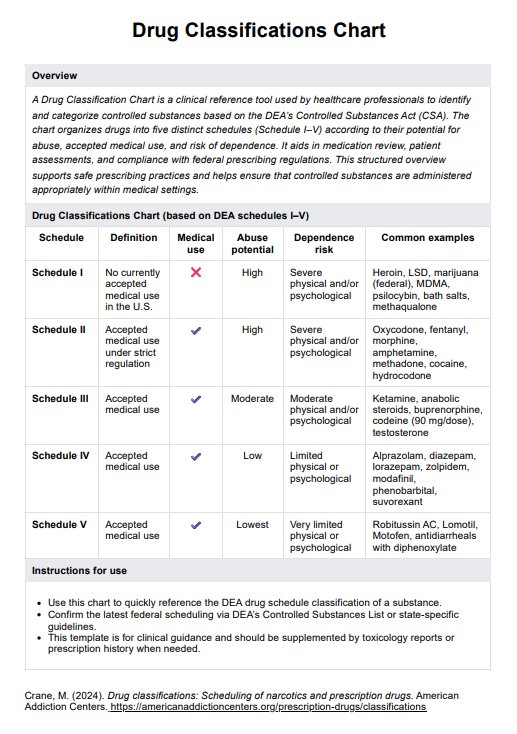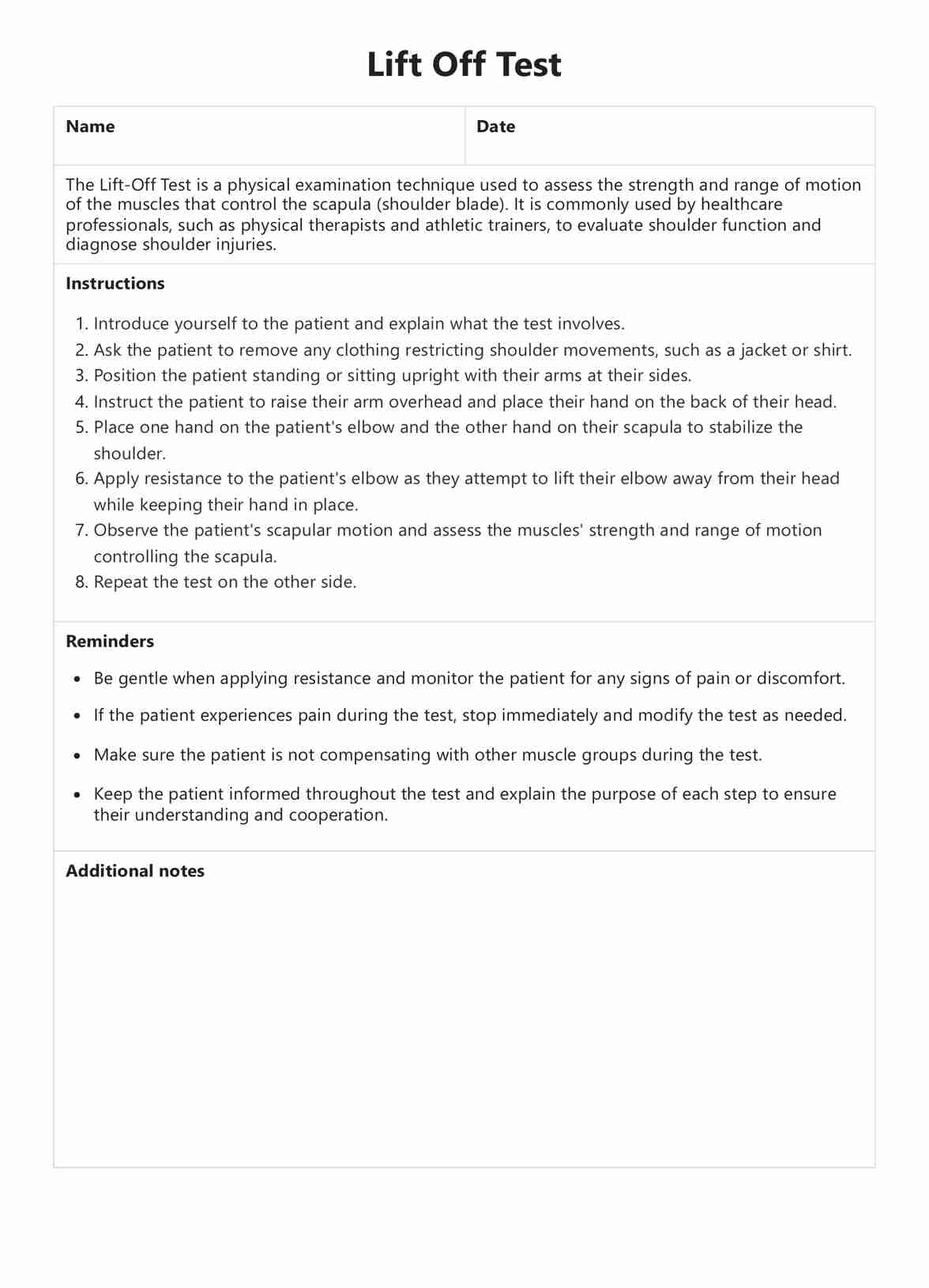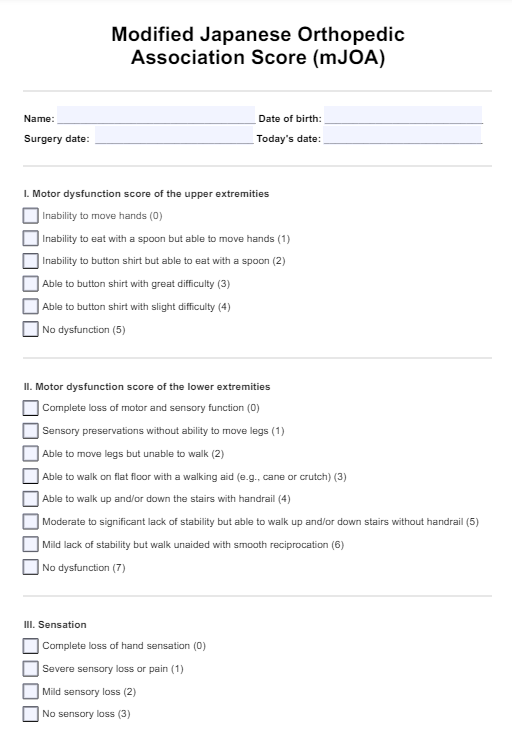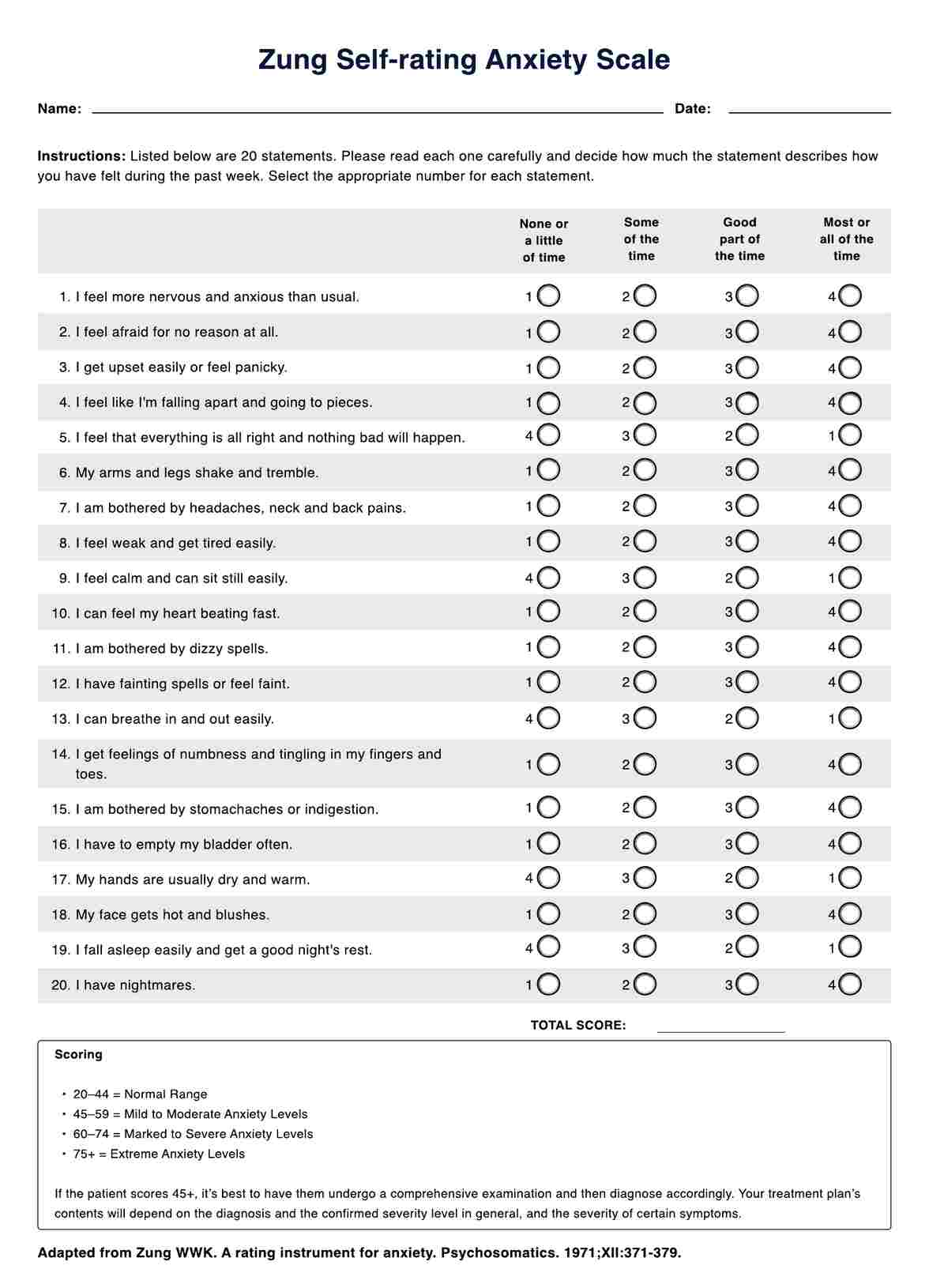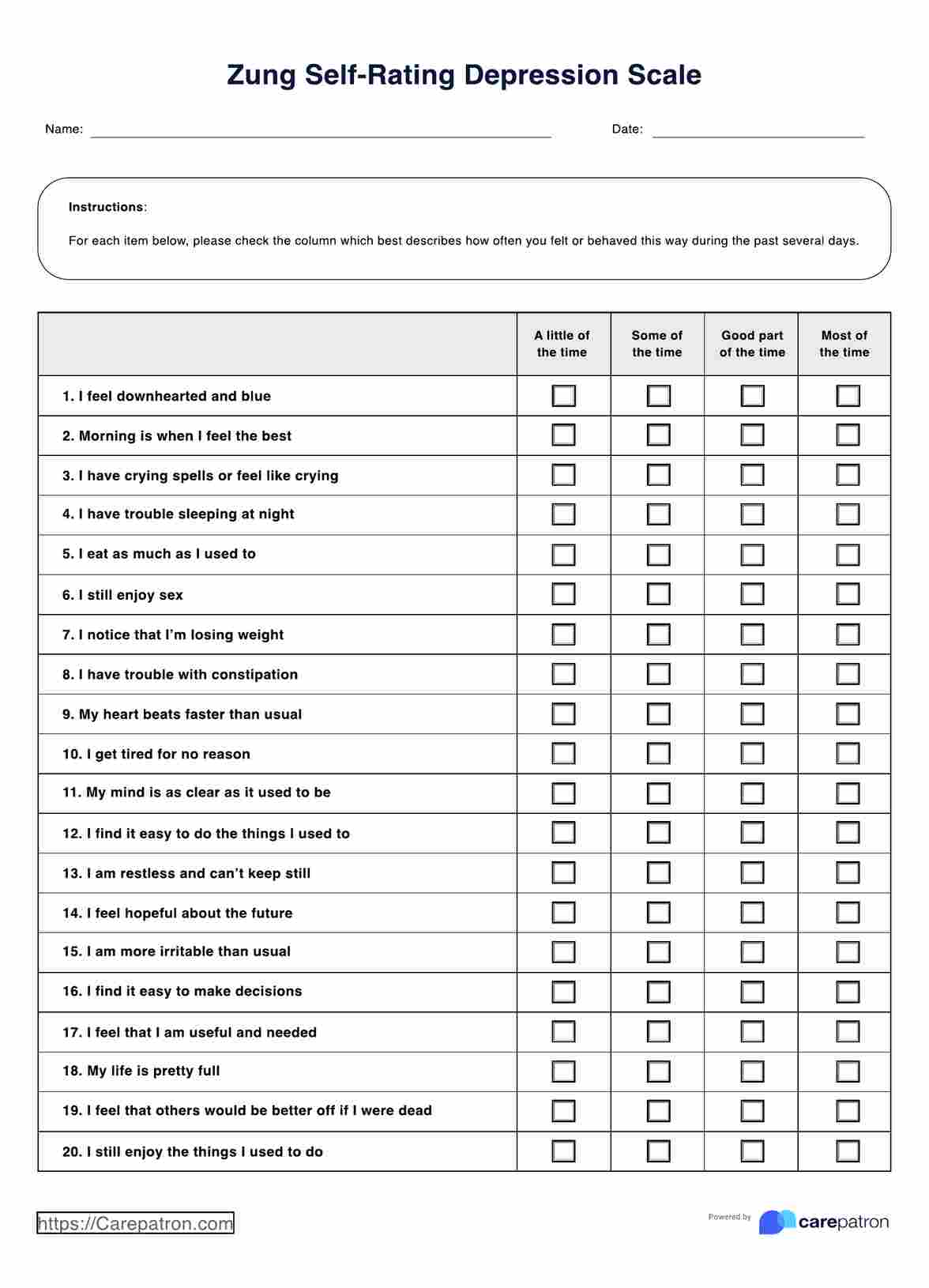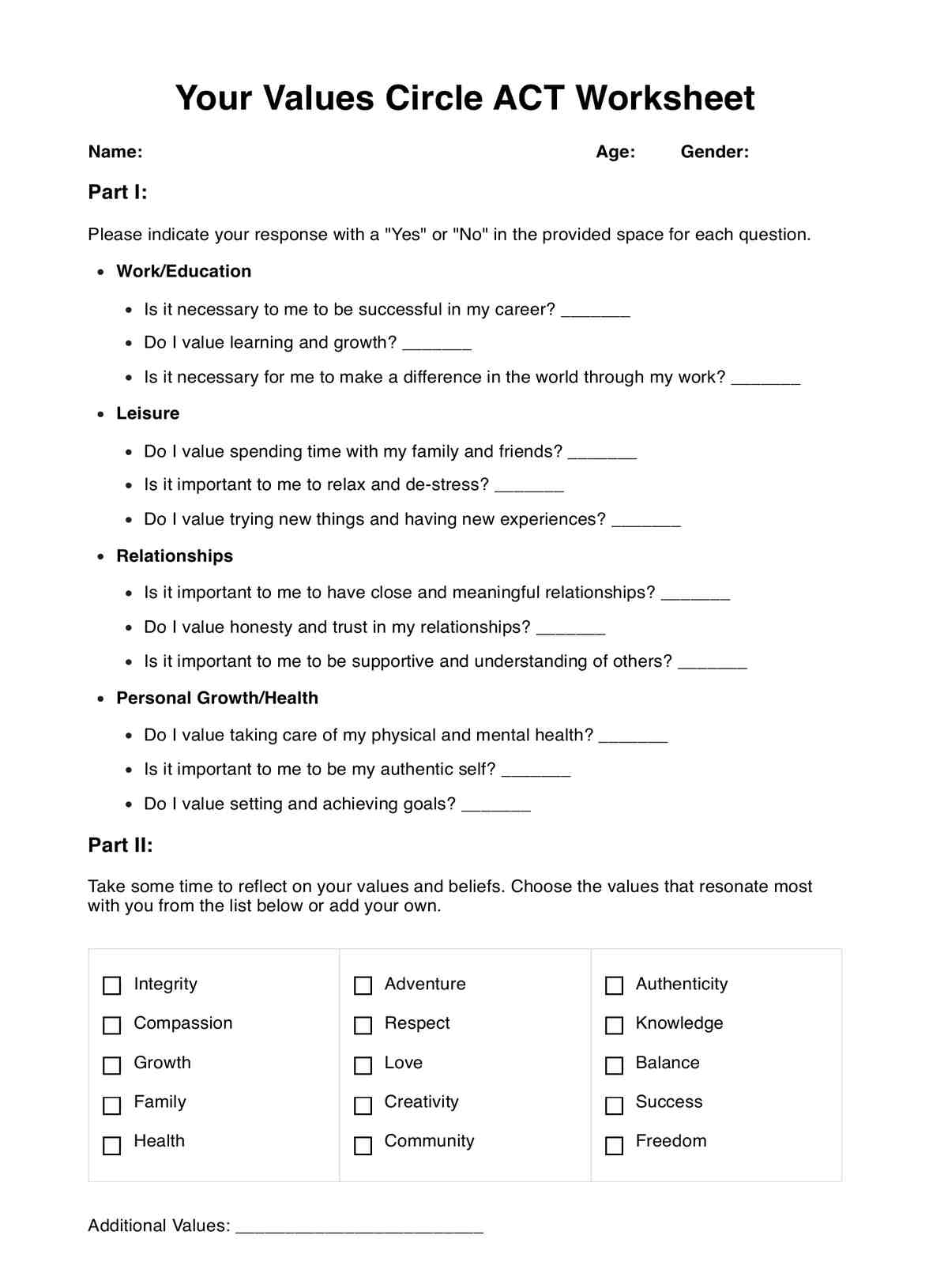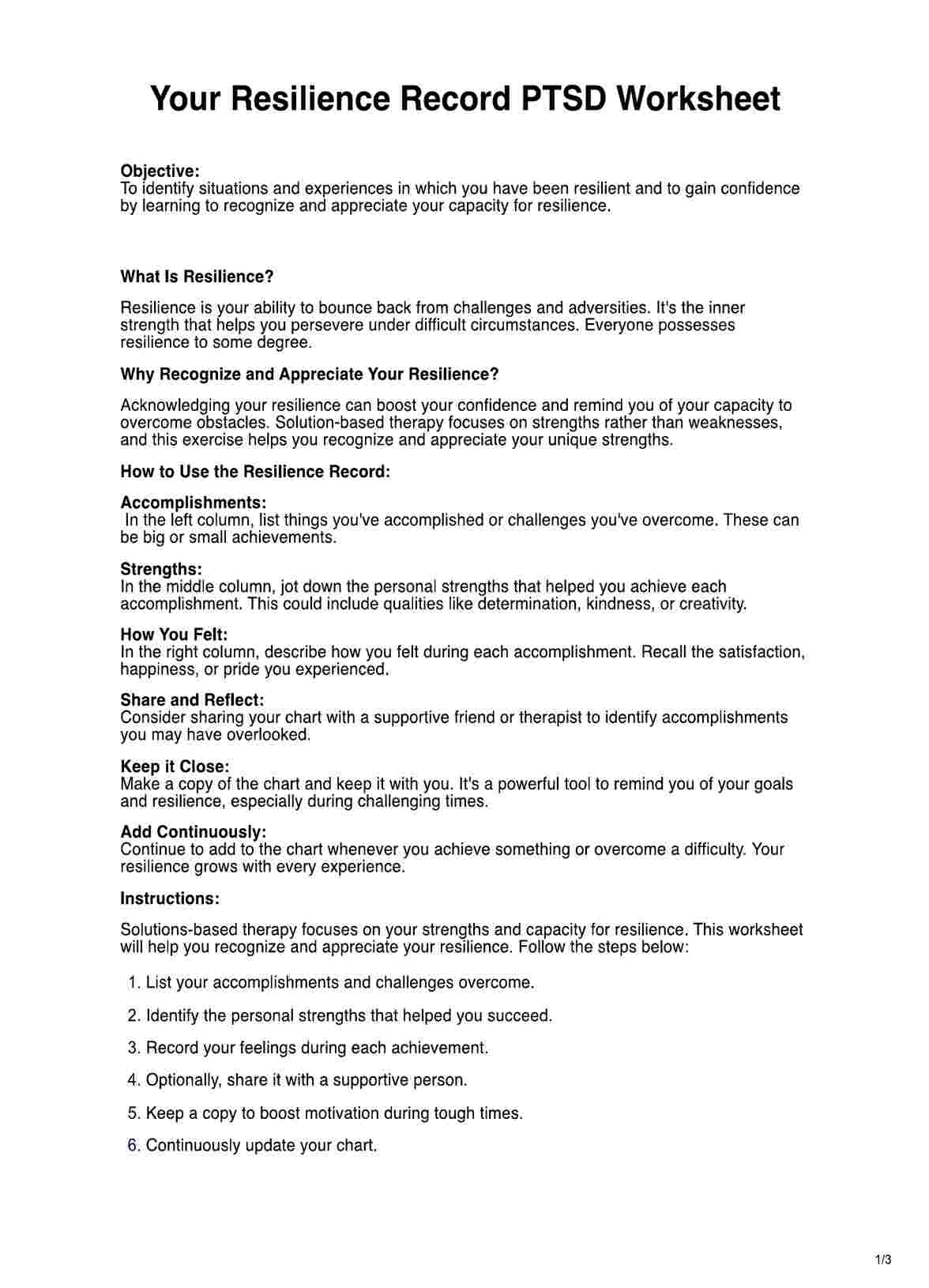Encourage a mix of plant-based foods, whole grains, and seafood, such as salmon and green beans. Patients can also eat eggs to boost protein intake and add variety with recipes like wheat wraps or sweet potatoes.
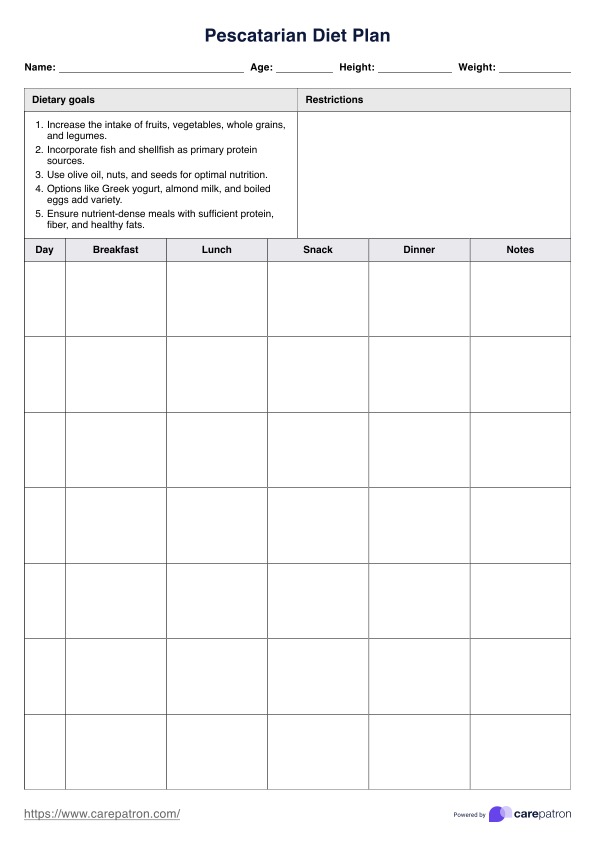
Pescatarian Diet Plan
Learn how a pescatarian diet plan supports balanced nutrition by combining plant-based foods with seafood, eggs, and dairy. Download a free template today!
Use Template
Pescatarian Diet Plan Template
Commonly asked questions
Recommend whole grains, seafood, eggs, and vegetables. Grocery stores typically carry essential items like salmon, green beans, wheat wraps, and eggs to support a well-rounded diet.
A well-planned diet, rich in seafood, whole grains, and plant-based foods, can aid heart health, weight management, and overall well-being. Encouraging patients to eat eggs provides an additional source of essential nutrients.
EHR and practice management software
Get started for free
*No credit card required
Free
$0/usd
Unlimited clients
Telehealth
1GB of storage
Client portal text
Automated billing and online payments


